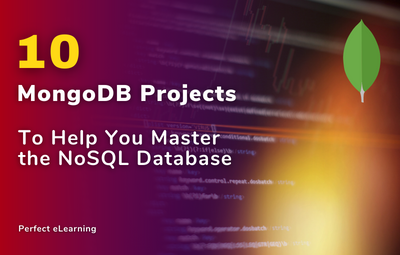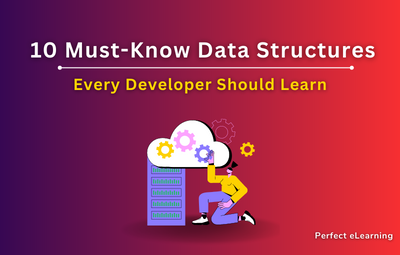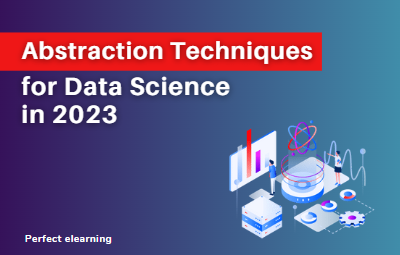

Explore the world of statistics with insights on the various types of data. Learn about categorical, numerical, and more in this informative guide.
Data is the raw information that we collect for analysis. It can come in various forms, and understanding the types of data is essential for accurate statistical analysis. Broadly, data can be categorized into two main types: qualitative data and quantitative data.
1. Qualitative Data
Qualitative data, also known as categorical data, deals with non-numeric information. It describes qualities or characteristics and can be divided into several subtypes:
1.1 Nominal Data
Nominal data represents categories without any specific order or ranking. Examples include colours, gender, or types of fruits. It's all about naming and categorising.
1.2 Ordinal Data
Ordinal data involves categories with a specific order or ranking but doesn't imply the exact differences between them. For instance, educational levels like high school, bachelor's degree, and master's degree fall into this category.
2. Quantitative Data
Quantitative data, on the other hand, deals with numeric values and measurements. It is more structured and can be further divided into two types:
2.1 Discrete Data
Discrete data consists of separate, distinct values. These values are often counted in whole numbers and cannot be subdivided further. Examples include the number of students in a classroom or the count of cars in a parking lot.
2.2 Continuous Data
Continuous data includes a wide range of numeric values and can be further divided into smaller units. It's often measured with great precision and can have decimal points. Examples include height, weight, or temperature.
3. Why Does Data Type Matter?
Understanding the type of data you're dealing with is crucial because it determines the appropriate statistical methods and tools to use. The choice of statistical analysis depends on whether you're working with qualitative or quantitative data, and within quantitative data, whether it's discrete or continuous.
For instance, if you're analysing nominal data, you'd use different statistical tests than if you were dealing with continuous data. Mixing up these data types can lead to incorrect conclusions and flawed analyses.
4. Data Transformation
Sometimes, it's necessary to transform data from one type to another to perform meaningful analyses. For example, you might convert qualitative data into numeric values for specific calculations or vice versa. These transformations should be done carefully to maintain data integrity.
Conclusion
In the realm of statistics, data comes in various forms, each serving a unique purpose. Qualitative data, including nominal and ordinal data, deals with qualities and categories, while quantitative data, comprising discrete and continuous data, deals with numeric values and measurements. Recognizing the type of data you're working with is fundamental for accurate statistical analysis.
FAQs (Frequently Asked Questions)
Q1. Can data types change over time?
A1: No, the type of data remains constant. However, how you interpret or use the data may change.
Q2. Why is it important to distinguish between qualitative and quantitative data?
A2: Distinguishing between these types of data helps researchers choose the appropriate statistical techniques for analysis, ensuring accurate results.
Q3. Is it possible for data to belong to multiple categories simultaneously?
A3: No, each piece of data falls into one category: either qualitative (categorical) or quantitative (numeric).
Q4. Are there other subtypes of data within qualitative and quantitative categories?
A4: Yes, there can be further subtypes, but nominal, ordinal, discrete, and continuous are the most common.
Q5. Can you give an example of when data transformation might be necessary?
A5: Sure, if you have survey responses like "agree," "neutral," and "disagree," you might assign numeric values (e.g., 1, 2, 3) to perform calculations.
Perfect eLearning is a tech-enabled education platform that provides IT courses with 100% Internship and Placement support. Perfect eLearning provides both Online classes and Offline classes only in Faridabad.
It provides a wide range of courses in areas such as Artificial Intelligence, Cloud Computing, Data Science, Digital Marketing, Full Stack Web Development, Block Chain, Data Analytics, and Mobile Application Development. Perfect eLearning, with its cutting-edge technology and expert instructors from Adobe, Microsoft, PWC, Google, Amazon, Flipkart, Nestle and Info edge is the perfect place to start your IT education.
Perfect eLearning provides the training and support you need to succeed in today's fast-paced and constantly evolving tech industry, whether you're just starting out or looking to expand your skill set.
There's something here for everyone. Perfect eLearning provides the best online courses as well as complete internship and placement assistance.
Keep Learning, Keep Growing.
If you are confused and need Guidance over choosing the right programming language or right career in the tech industry, you can schedule a free counselling session with Perfect eLearning experts.


